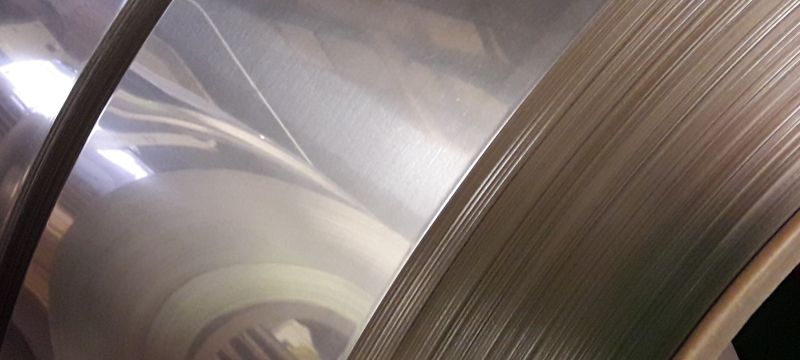Copper-manganese alloys
Copper-manganese alloys are widely known for their quality and reliability. They are used in a wide range of demanding applications, mainly due to their dielectric properties.
Their advantages are mainly the possibility to achieve a very thin residual resistance on the final component, a high stability of the resistance over a wide temperature range and the possibility to miniaturise components by choosing low resistance types. Copper and manganese form homogeneous alloys at contents up to about 20 % Mn. These materials are oxygen-free due to the deoxidising effect of the manganese and are therefore insensitive to reducing gases even at high temperatures.

Are you looking for a different content?